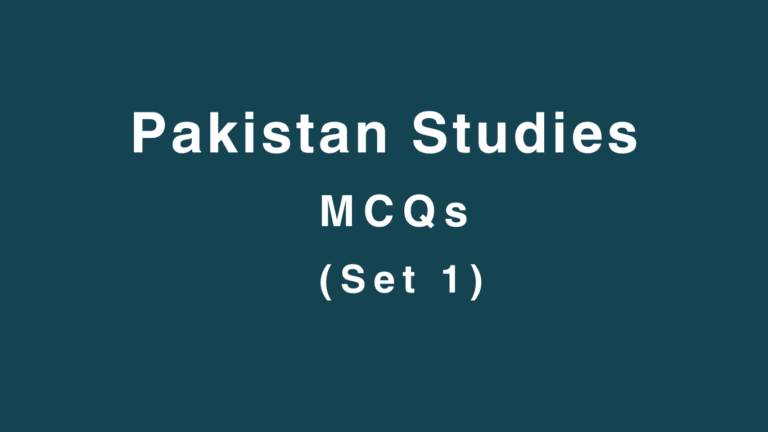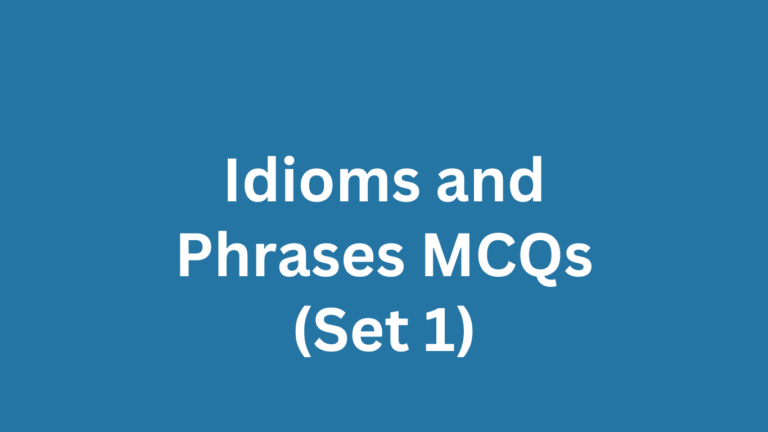World History MCQs
1. The Oslo Accord between Israel and Palestine was signed on ___________.
A. 13 September 1993
Explanation:
On September 13, 1993, Israeli Prime Minister Yitzhak Rabin and Palestine Liberation Organization (PLO) Negotiator Mahmoud Abbas signed a Declaration of Principles on Interim Self-Government Arrangements, commonly referred to as the “Oslo Accord,” at the White House. Israel accepted the PLO as the representative of the Palestinians, and the PLO renounced terrorism and recognized Israel’s right to exist in peace. Both sides agreed that a Palestinian Authority (PA) would be established and assume governing responsibilities in the West Bank and Gaza Strip over a five-year period. Then, permanent status talks on the issues of borders, refugees, and Jerusalem would be held. While President Bill Clinton’s administration played a limited role in bringing the Oslo Accord into being, it would invest vast amounts of time and resources in order to help Israel and the Palestinians implement the agreement. By the time Clinton left office, however, the peace process had run aground, and a new round of Israeli-Palestinian violence had begun.
2. Fall of Bastille Fort was the fall of monarchy in __________.
C. France
Explanation:
The Storming of the Bastille (French: Prise de la Bastille [pʁiz də la bastij]) occurred in Paris, France, on 14 July 1789, when revolutionary insurgents attempted to storm and seize control of the medieval armoury, fortress and political prison known as the Bastille. After considerable fighting, the governor of the fortress allowed the insurgents to enter the Bastille. Contrary to what had been agreed, the insurgents killed the governor. The Bastille then represented royal authority in the centre of Paris. The prison contained only seven inmates at the time of its storming and was already scheduled for demolition, but was seen by the revolutionaries as a symbol of the monarchy’s abuse of power. Its fall was the flashpoint of the French Revolution.
3. The Chernobyl Disaster was a nuclear accident that occurred on ____________.
B. 26 April 1986
Explanation:
The Chernobyl disaster began on 26 April 1986 with the explosion of the No. 4 reactor of the Chernobyl Nuclear Power Plant, near the city of Pripyat in the north of the Ukrainian SSR, close to the border with the Byelorussian SSR, in the Soviet Union.
4. Russo – Japanese War was fought during __________.
1904-1905
Explanation:
The Russo-Japanese War was fought between the Empire of Japan and the Russian Empire during 1904 and 1905 (Feb 8, 1904 – Sep 5, 1905) over rival imperial ambitions in Manchuria and the Korean Empire.
5. Peace Treaty of Westphalia was signed on __________.
B. 24 October 1648
Explanation:
The Peace of Westphalia is the collective name for two peace treaties signed in October 1648 in the Westphalian cities of Osnabrück and Münster. They ended the Thirty Years’ War and brought peace to the Holy Roman Empire, closing a calamitous period of European history that killed approximately eight million people.





